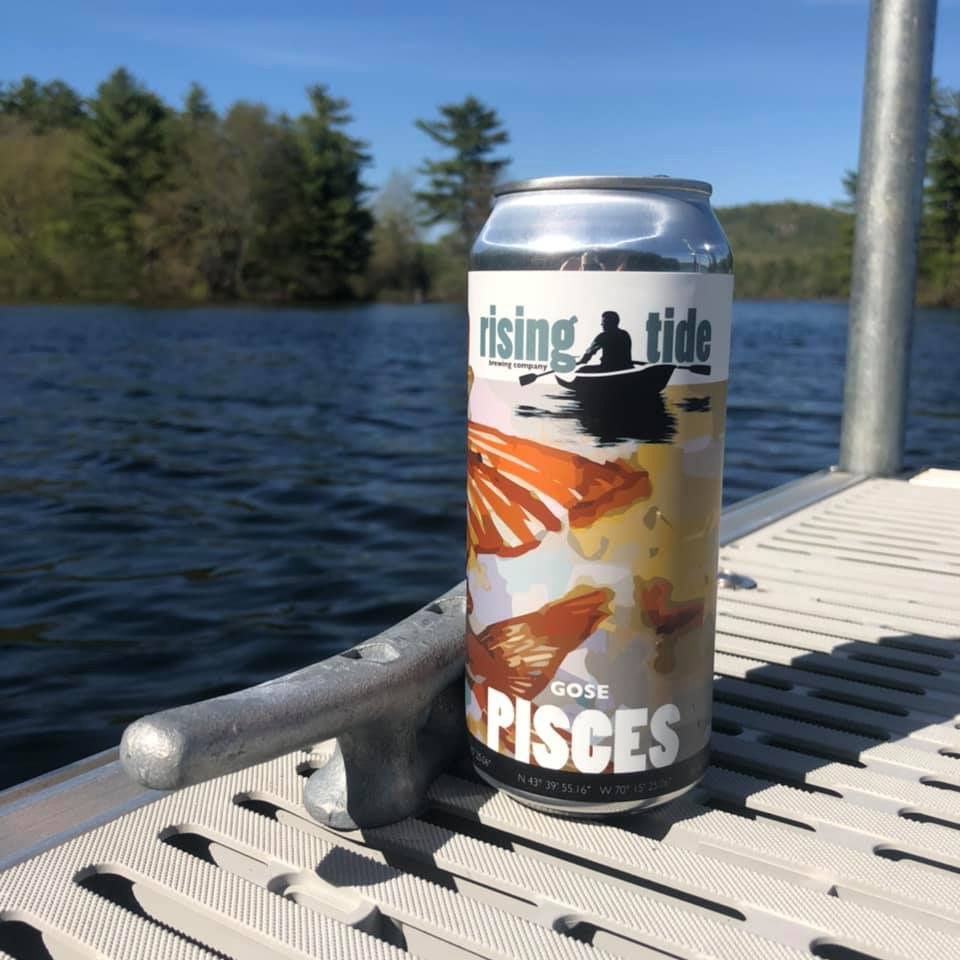Maine’s Most Bizarre Beers
From lobster shells to spruce tips, these outside-the-box ingredients are expanding what a beer can be.

Five centuries ago, Bavaria was the emerging beer capital of Germany. But with success came probems. Demand for grains like rye and wheat from brewers caused bread prices to soar, raising the cost of the humble food of Germanic peasants. The rising cost also pushed up the price of a pint. This supply-and-demand conundrum was coupled with the encroachment of specialty ingredients in Bavarian beer, threatening to destroy the region’s distinct brewing voice.
The Duke of Bavaria had to act. In 1516 William IV issued what is commonly referred to as the German purity law, or Reinheitsgebot. This edict, which ran just over 300 words, decreed that beer could only be made with barley, hops, and water. (Yeast was added to the law later, when scientists discovered the microbe’s role in fermentation.) Over 500 years later, the ingredients outlined in the German purity law continue to dominate modern brewing.
But Maine brewers, being the ornery, talented bunch they are, sometimes pitch specialty ingredients that would make the Duke of Bavaria roll over in his Munich grave. Here are five Maine beers that are pushing the limits of the oldest known beer law in the world with their outside-the-box ingredients.
1. Greenwarden | Banded Brewing Company

Greenwarden is an American ale made with locally harvested spruce tips. Although this woodsy ingredient may seem avant-garde, it was a common component in beers of colonial America, when hops were hard to come by. Banded brewmaster and owner Ian McConnell, a multigenerational Mainer, harvests hundreds of pounds of spruce tips each spring to make this coniferous ale. Greenwarden has a light malt and hop foundation to allow the spruce tips to shine through with their sharp, refreshing flavor.
2. Saison Dell’Aragosta | Oxbow Brewing Company

At first glance a beer made with lobster smacks of tourist pandering, but do not diminish the grand achievement that is Saison dell’Aragosta from Oxbow Brewing Company. First brewed in collaboration with the Italian brewery Birrificio del Ducato, this lobster ale has a delicate saison underbelly and gorgeous notes of brine and sweetness from the lobster. To make this beer, Oxbow boils live lobsters directly in the wort. When the crustaceans are cooked, they are pulled from the tanks and brewers remove the meat. The shells are then pitched back into the wort to continue to add flavor to the beer. The result is nothing short of a culinary triumph.
3. Gunner’s Daughter Milk Stout | Mast Landing Brewing Company

On paper, Gunner’s Daughter Milk Stout shouldn’t work. It’s a beer made to evoke the flavor of peanut butter (without using actual nuts). But it’s one of my favorite beers made in Maine. While peanut butter beers are often a cloying train wreck on the palate, Gunner’s Daughter is a lush flavor ride from nose to finish. The interplay of peanut notes with big flourishes of chocolate and coffee is sublime. This beer is made with a delicate touch that will draw you back in over and over.
4. Window Seat | Baxter Brewing Company

Brewed with toasted coconut and almond meal, this porter offers a rich sensory experience. Poured into a glass, Window Seat emits deep notes of roasted coconut, vanilla, and cocoa in its aroma. The coconut flavor intertwines beautifully with milk chocolate notes from the malts as it glides over the tongue, while the almond meal gives the beer a strong nutty finish on the back of the palate. It’s a liquid Almond Joy bar that Baxter has pulled off with aplomb. A favorite among locals, this beer also received a silver medal at the 2015 Great American Beer Festival.
5. Pisces | Rising Tide Brewing Company

Although a beer made with salt water may sound like a modern innovation, this style of beer dates to the thirteenth century. Rising Tide’s take on the gose (pronounced go-suh) brings this ancient beer to the modern palate. Brewed with local seawater, Pisces has a savory salt finish set snugly beneath the subtle tart zing from the Lactobacillus, while coriander offers bright citrus notes in flavor and aroma. The style originated in Goslar, Germany, so perhaps William IV once sipped a gose in his Munich estate, and the tangy beer filled him with such fear that exotic flavors would infiltrate his local beer that he sat down to pen the fateful purity law that still ripples over craft beer today.
Read More:
- 8 Low (or No) Alcohol Beverages That Got Me Through My Stomach Ulcer

- Allen’s Coffee Flavored Brandy is Maine’s Favorite Spirit

- 9 Creative Craft Coffees to Mix Up Your Morning

- The Ultimate Maine Bar Cart


